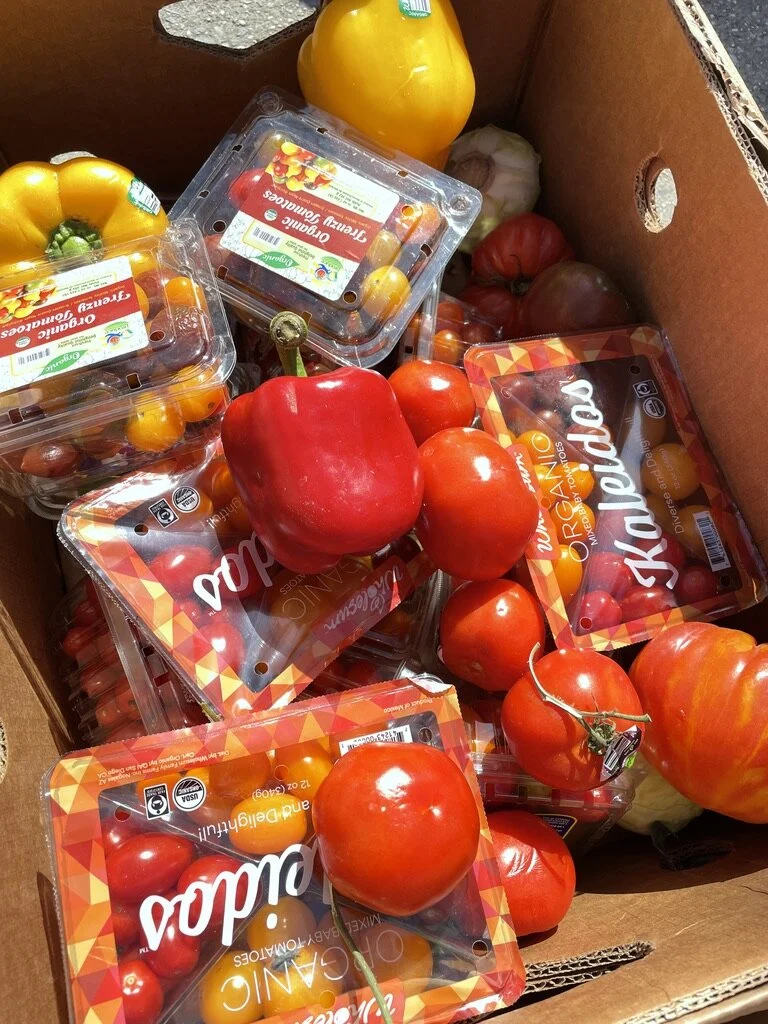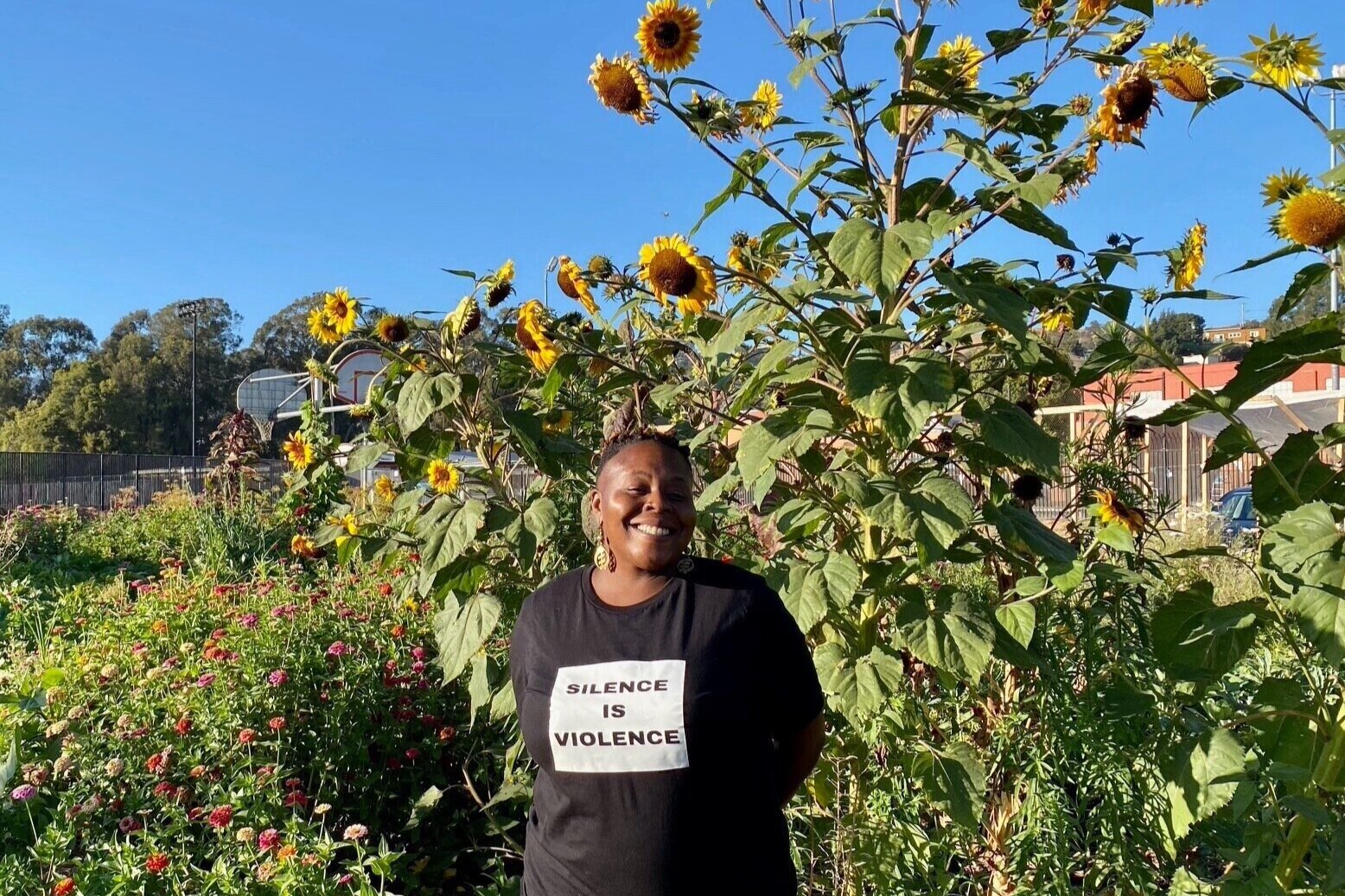
In Our Hearts
A Community Dedicated to the Community.
Make a stand.
Let’s Show Up for Each Other.
Find a Fridge Map
Learn more about Community Fridges here!
Click the interactive map for an updated list of Community Fridges in the area
About Us
Who we are and what do we stand for?
In Our Hearts is an action-oriented mutual aid group. Its purpose is not to exist as an organization but to facilitate the interaction of collectives, affinity groups, and projects involved with the network. Helping to coordinate actions and projects on a larger scale as well as creating space for social interaction and face-to-face conversation.
In Our Hearts provides a way for people to plug into existing open collectives and communities, find like-minded people to start new projects, or even bring their existing projects into the network.
Learn more about us, our history, and see photos on our About Page.
FAQs
What is a community fridge?
A community fridge can be a 24/7 anonymous food resource. Community fridges across the tri-state area and now in many cities in the US are fighting food insecurity, reducing waste, and uniting neighbors and community.
These community fridges are a network of over 100+ refrigerators plugged in outside of stores, businesses, community centers, homes, and churches aimed at fighting food waste in a country that throws away 30 percent to 40 percent of its food supply every year. Many food items inside community fridges are the same things you’d find at Whole Foods - but rescued from Whole Foods.
We hope those involved with fridges seek to support and build community and relationships at each fridge. To this end, creating an environment of respect and understanding. Understanding each other’s experiences and helping each other get the support they need at the fridge. The fridge is a resource for everyone, there is no assumption or policing of how much someone needs or takes. As a collective resource, everyone has a different reason for needing the amount of food taken.
Food is not, and should never be, a privilege.
How Can I Help?
Thank you for your interest in supporting community fridges!
You can help a whole lot by volunteering to distribute food to fridges with your bike, car, or cargo bike, spread the word, solicit donations of food that would otherwise go to waste (online or in-person), or you can donate to the community fridge Venmo. Find out more:
Volunteer
Drive
Donate
What is Mutual Aid?
In mutual-aid systems, people work cooperatively to meet the needs of everyone in the community. It’s different from charity, which features a one-way relationship between an organization and recipients, and often responds to the effects of inequality but not its causes. Mutual aid is an act of solidarity that builds sustained networks between neighbors. As prison abolitionist Mariame Kaba explained to the New Yorker: “It’s not community service — you’re not doing service for service’s sake. You’re trying to address real material needs.”
Mutual-aid groups are made up of organizers and volunteers who respond to the needs of communities. How they achieve this logistically differs from group to group. Many of the mutual-aid groups that cropped up in response to the pandemic started in Google Docs and Slack channels, in which people came together to discuss how to support each other within the neighborhood.
In short, people offer help — which could be resources, like food or money, or skills, like driving or picking up prescriptions — which are then redistributed to those in the community who are in need. Mutual-aid systems operate under the notion that everyone has something to contribute, and everyone has something they need. (credit: amanda arnold)
What is Anarchy?
Put simply, anarchism is a political philosophy that aims to create a world in which people can freely cooperate together as equals. Anarchists struggle against all forms of hierarchical control and champion freedom and egalitarianism.
Anarchists believe that people can organize themselves fairly without systems of violence or power telling folks what they can and can’t do. They uniformly think exploitative and oppressive systems like wage slavery, institutionalized government, racism, food insecurity, and hetero-patriarchy are both harmful and unnecessary, and that we should dismantle these structures and build a world of self-determined individuals and communities in their place. For over three centuries, this vision has inspired anarchist social movement on every continent. Including, A New World In Our Hearts.
What causes food insecurity?
Many people in America do not have the resources to meet their basic needs. In 2019 alone, 35.2 million people, including 10.7 million children, faced hunger in America last year. That comes out to 1 in 9 individuals and 1 in 7 children who may have lived in food-insecure households. Food insecurity does not exist in isolation, as low-income families are affected by multiple, overlapping issues like lack of affordable housing, social isolation, chronic or acute health problems, high medical costs, and low wages. Extensive research reveals food insecurity is a complex problem, which we feel is linked to trickle-down capitalism in America.
What Food Can Be Donated?
There are now 100+ fridges in the tri-state area alone. Many fridges have guidelines as to what kind of food they take, usually listed right on their Instagram or from the maps view you can find notes. Each fridge is associated with and for the community it’s located in, therefore there are veggie-only, or vegan-only, while some take milk and meat.
We encourage fresh groceries that are not store-bought, but instead help us fight food insecurity by asking food storage managers to make exceptions to their waste. We encourage smaller portions at a time, come with a buddy to help you unload!
Make sure to check with the fridge you are looking to donate to, as each community is unique in its needs.








